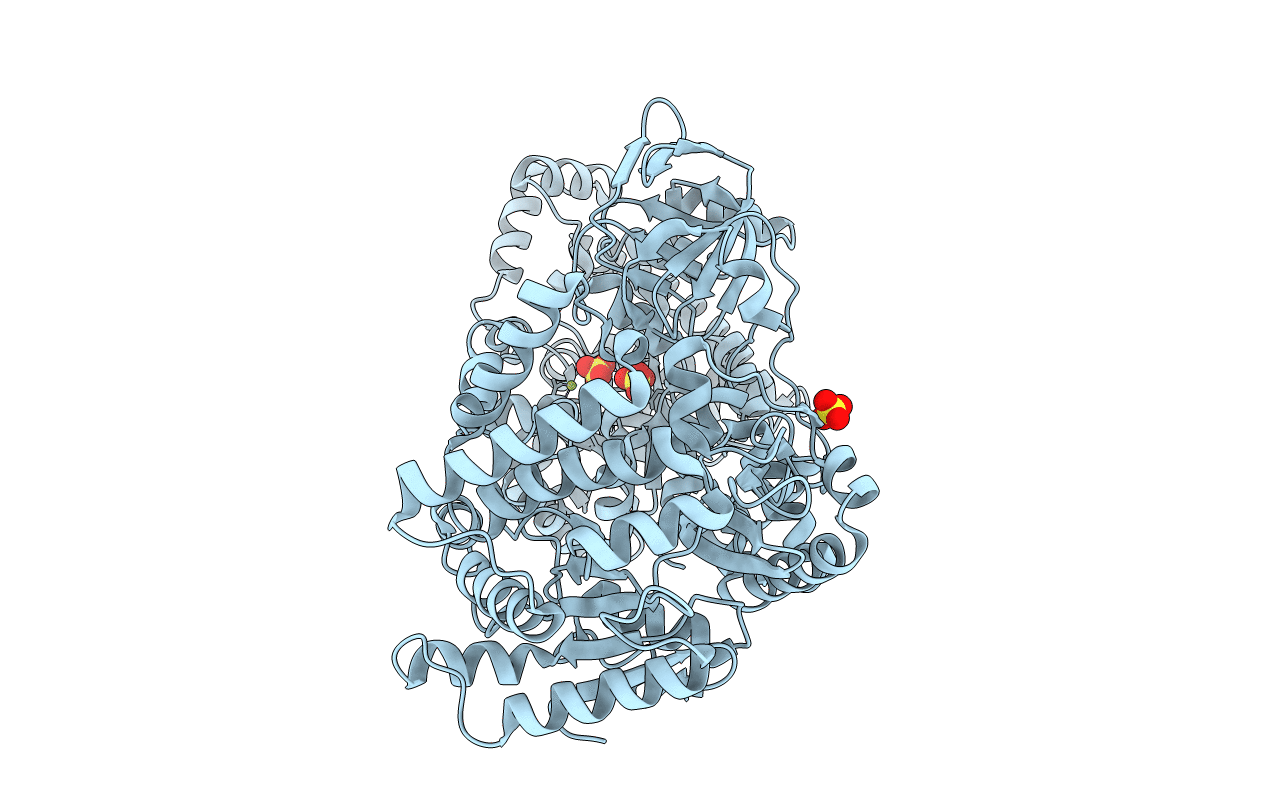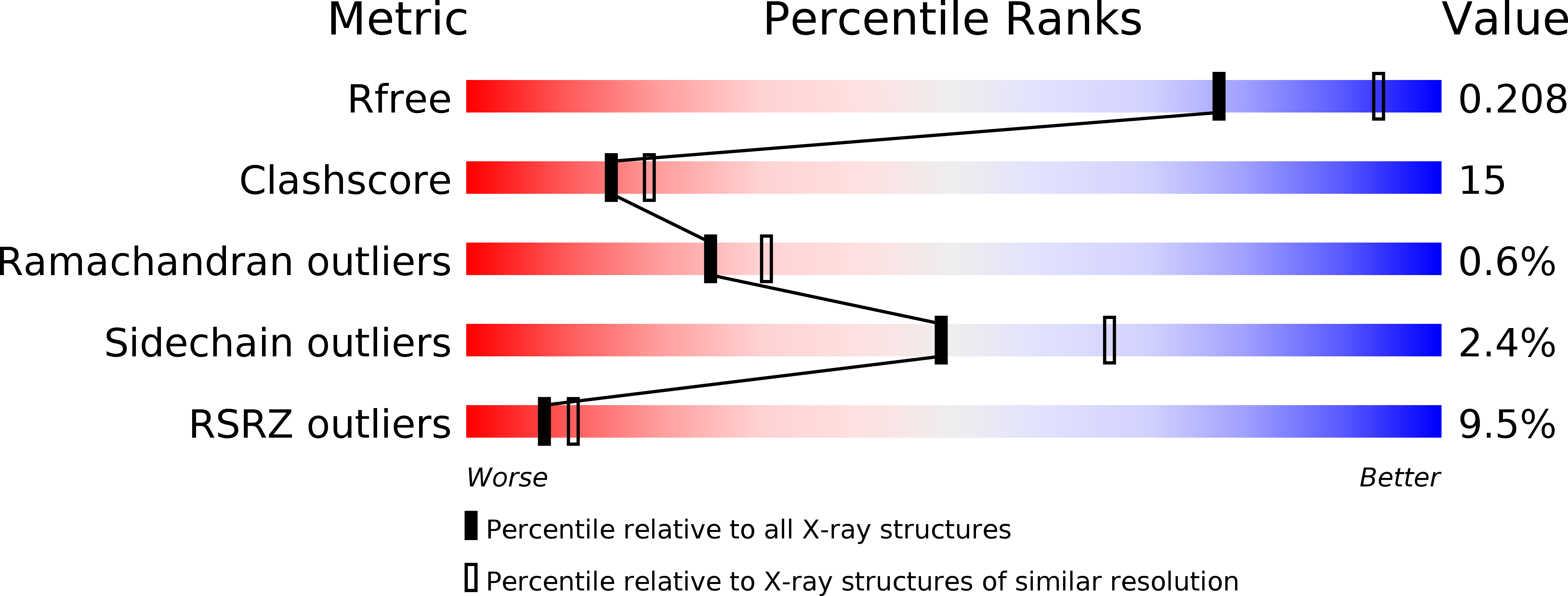
Deposition Date
2004-02-26
Release Date
2005-03-08
Last Version Date
2023-10-25
Entry Detail
Biological Source:
Host Organism:
Method Details:
Experimental Method:
Resolution:
2.30 Å
R-Value Free:
0.23
R-Value Work:
0.20
R-Value Observed:
0.21
Space Group:
C 1 2 1


